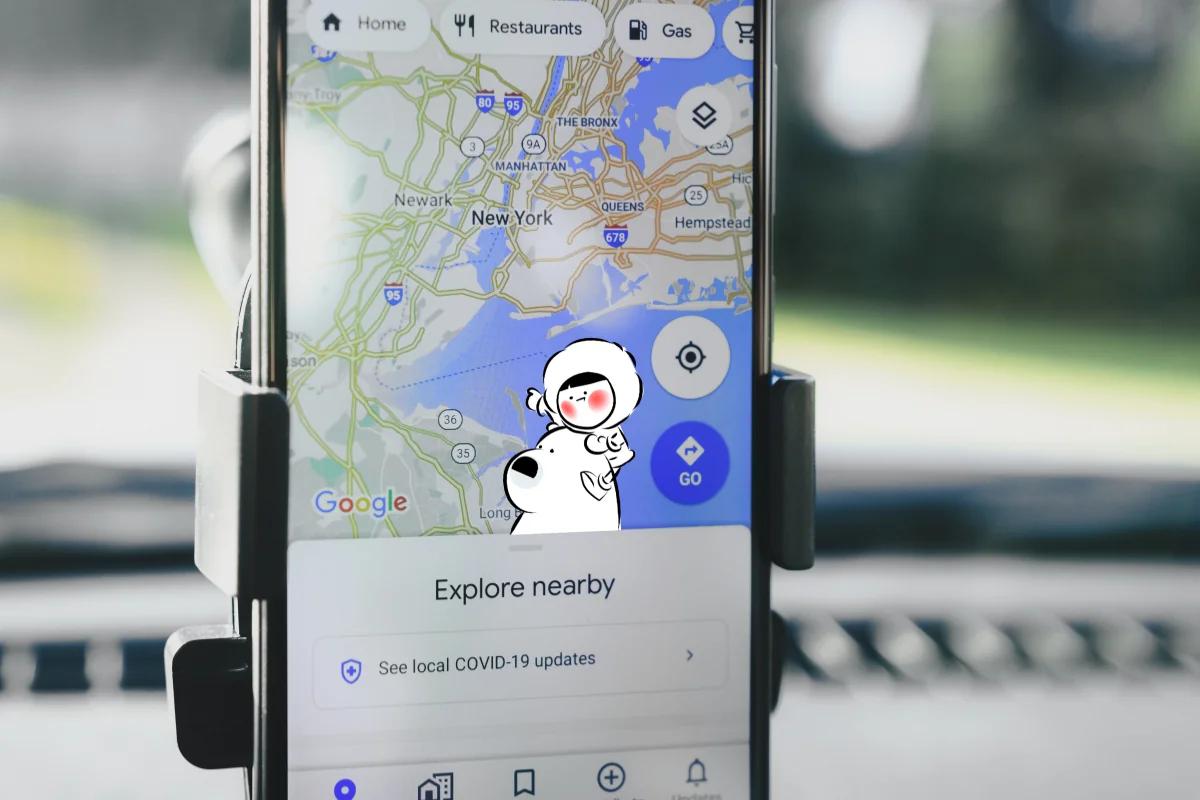
Can You Receive Calls on Airplane Mode?
Airplane mode is designed to disable all wireless communication, including cellular signals that support regular phone calls. But in today’s always-connected world, things aren’t so black and white. While you can’t receive traditional cellular calls in airplane mode, there are exceptions, especially if Wi-Fi is turned back on or you're using internet-based apps.
This guide breaks down exactly what happens when someone tries to call you on airplane mode, how to make or receive calls using Wi-Fi, and how to control your availability while flying or traveling.
What Happens When Someone Calls You on Airplane Mode?
When your phone is in airplane mode, it disconnects from the cellular network. That means no incoming calls, no texts, and no cellular data.
If someone tries to call you, they’ll usually be sent straight to voicemail (if you have it set up). You won’t receive a missed call alert or notification until you turn airplane mode off and reconnect to the network.
On the caller’s side, it will appear as if your phone is off or out of service.
Does Airplane Mode Block Calls?
Yes. Airplane mode blocks all traditional phone calls by disabling your phone's cellular radios. This includes:
- Incoming and outgoing phone calls
- SMS (text messages)
- Mobile data
It also turns off Wi-Fi and sometimes Bluetooth by default, though both can be manually re-enabled.
However, airplane mode doesn't block internet-based communication apps (like WhatsApp, FaceTime, or Zoom) if you reconnect to Wi-Fi.
Can You Receive Calls on Airplane Mode with Wi-Fi On?
Yes, but only under specific conditions.
If you turn Wi-Fi back on after enabling airplane mode, your phone can use the internet for calls in two main ways:
1. Wi-Fi Calling (Carrier Feature)
If your carrier and phone support Wi-Fi Calling and it’s enabled in your settings, you can receive regular phone calls over a Wi-Fi connection. This includes calls to your actual phone number.
Not all carriers or phones support this, and it may need to be activated manually.
2. VoIP Apps (Internet-Based Calling)
Apps like WhatsApp, FaceTime, Google Voice, Skype, or Viber don’t rely on your mobile number. If you’re on Wi-Fi, these apps can receive voice and video calls even in airplane mode.
This is especially useful while traveling if you want to stay reachable without using roaming or a local SIM card. Check out our guide to using WhatsApp and FaceTime internationally to see how it fits in.
Can You Make Calls on Airplane Mode?
Yes, but only under the same Wi-Fi conditions as receiving calls.
Once you're connected to Wi-Fi while in airplane mode:
- You can make calls using Wi-Fi Calling if it's set up.
- You can make calls through apps like WhatsApp, FaceTime, or Messenger.
If Wi-Fi is off, you won’t be able to make any calls. Your phone will behave as if it has no signal at all.
Why You Might Still Be Receiving Calls in Airplane Mode
Some users are surprised to find calls still coming through even with airplane mode on. Here’s why that can happen:
- Wi-Fi Calling is enabled and connected to a network.
- Internet-based apps like WhatsApp are active over Wi-Fi.
- Your phone’s system may not have fully disabled all network activity, though this is rare.
If you want total silence with no calls or pings, make sure to:
- Turn off Wi-Fi after enabling airplane mode
- Disable Wi-Fi Calling in your settings
- Optionally, enable Do Not Disturb for extra peace
Travel Better with Eskimo eSIM
If you're relying on Wi-Fi to make WhatsApp or FaceTime calls in airplane mode, having a dependable data connection becomes essential, especially when public Wi-Fi is weak or unavailable. That's where Eskimo eSIM steps in. It gives you affordable, borderless internet access in over 80 countries, perfect for travelers who want to keep using WhatsApp and other VoIP apps even with airplane mode on.
Plus, new users get 500MB of global data for free. No hidden fees, no activation delays. Install it once, and it just works, wherever your trip takes you.
Claim your free eSIM now and stay reachable, even in airplane mode.
FAQs
Can I receive WhatsApp calls on airplane mode?
Yes, if Wi-Fi is on and you're connected to a network, you can receive WhatsApp calls, even with airplane mode enabled.
Will calls go to voicemail on airplane mode?
Yes. Incoming cellular calls go straight to voicemail if your phone supports it. You won’t get any notifications until you disable airplane mode.
Does airplane mode stop WhatsApp notifications?
Yes, unless Wi-Fi is on. With Wi-Fi enabled, WhatsApp will continue to function normally.
Can I text in airplane mode?
You can’t send or receive traditional SMS. But messaging apps like iMessage, WhatsApp, and Signal will work if you’re on Wi-Fi.
Can I use Bluetooth on airplane mode?
Yes. Most devices let you manually re-enable Bluetooth while airplane mode is on for headphones, AirDrop, etc.

















